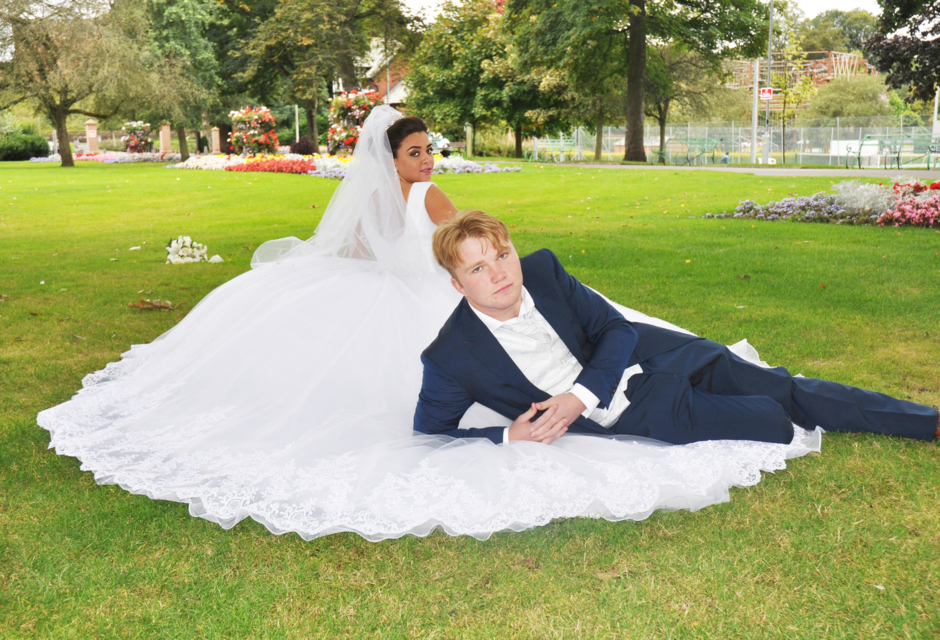
White Balance And Colour Correction
Because different types of light have different levels of various colours, the footage can change colour from location to location.
Most man made lights, like light bulbs emit orange light, where as the Sun gives off blue light. In order to stop the footage changing colour, we engage in a process called white balance.
White balancing is the process of calibrating the cameras setting, based on the light at a particular location. Our eyes and our brains do this automatically all the time, that is why the Sun looks orange to us, when in fact it should look blue, due to the fact that it gives off blue light.
If you white balance the camera outdoors, where the light comes from the Sun. You are calibrating the camera against blue light. If you then go inside, where the light comes from bulbs, then the camera will not be calibrated to its environment, and as a result, the footage will look very orange.
A lot of people do not notice these colour changes and some could argue that it is a cinematic style to have footage that has a very distinctive colour scheme. It could be argued that it is an artistic decision.
In wedding videography, it mainly becomes important, when you have two cameras shooting a particular part of the wedding day. A good example of this would be a two camera shoot of a wedding ceremony. In the past we have sat down to edit the two different angles of the ceremony, only to find that one camera has a totally different colour scheme to the other. As a result of this different colour scheme, the editing does not seem as smooth as it should, because it is almost as if the footage has been shot on different days or a different time of day.
We can colour correct in post production, but like most things in film making, it looks so much better if it is done on the day in camera. You also save a lot of time, because colour correcting can be very time consuming and thrustrating work. Why spend two hours colour correcting footage, when you can just get the cameras calibrated in the first place.
As a rule we always colour correct the cameras at the beginning of the day, so that we know that the cameras are shooting in the same colour scheme. This not only makes our videos look better in the long run, but also saves us a lot of time. Saving time and increasing the quality of our work is what we strive to do, so it makes perfect sense to get into the routine of calibrating our cameras before we start a shoot.
Wedding Video Blog
Importance Of Picking The Correct Wedding Videographer
Wedding Videographer Or Wedding Photographer
Factors That Control The Picture Quality Of Video Camera
What Should Be Included In A Wedding Video
Good Practice Cinematography For Shooting Wedding Videos
Digital Recording Verses Tape Recording
Importance Of Music In A Wedding Video
Tags: Wedding Video, Wedding Films, Wedding Video Sheffield, Full Colour Printed dvd, Wedding Dvd, Wedding Video Nottingham,

